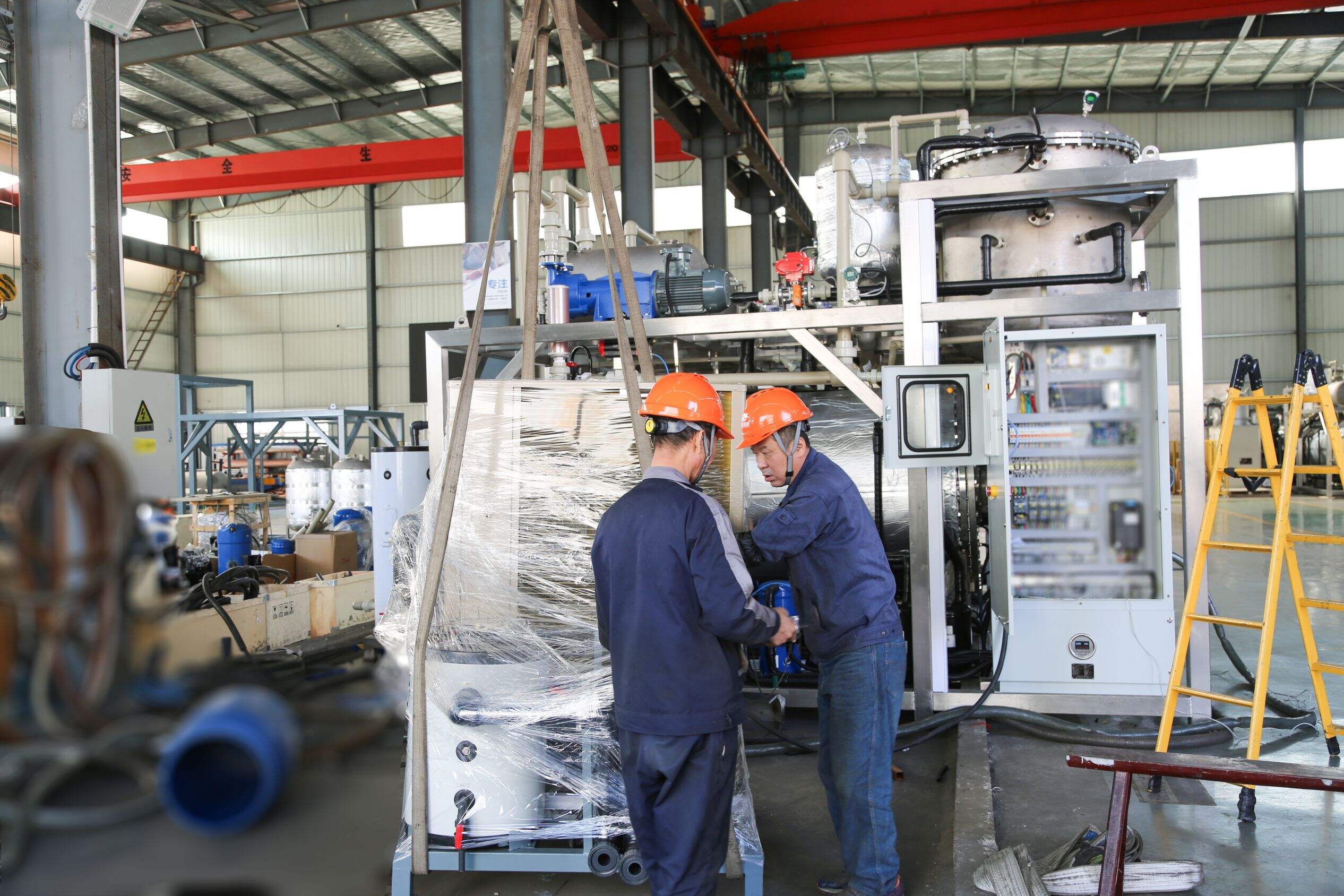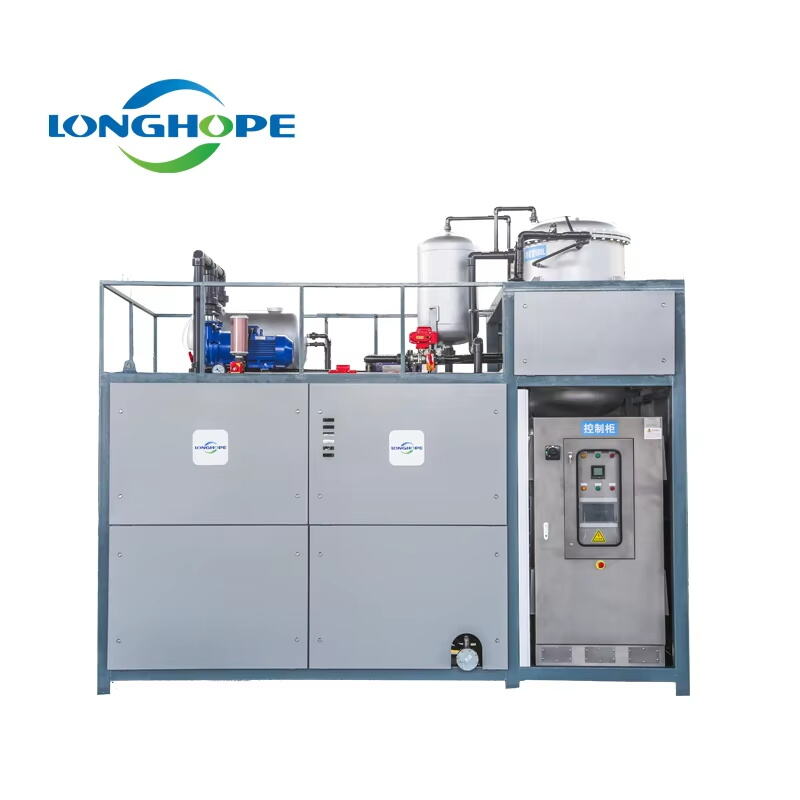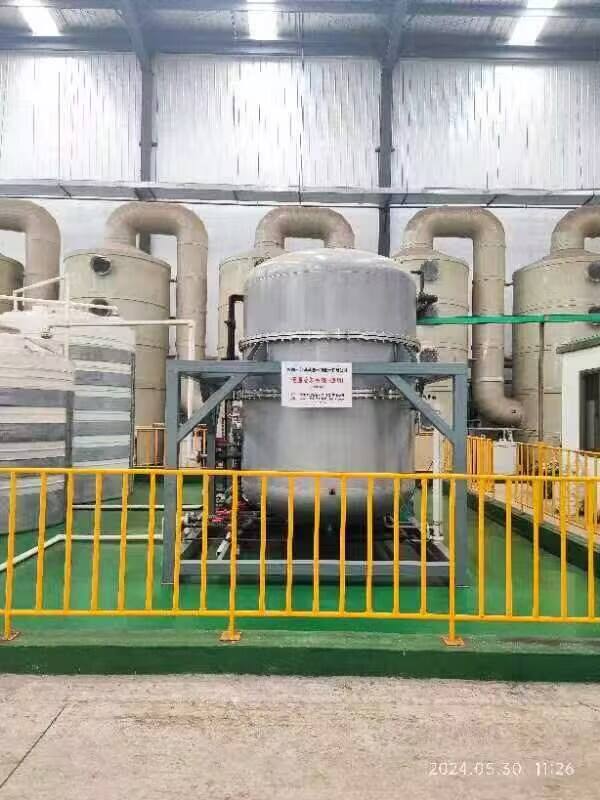evaporation crystallization technology
Evaporation crystallization technology represents a sophisticated separation process that combines evaporation and crystallization principles to produce high purity solid crystals from liquid solutions. This advanced technology operates by carefully controlling temperature and pressure conditions to remove solvent through evaporation, creating a supersaturated solution from which crystals form. The process begins with the feed solution being heated to its boiling point, causing the solvent to evaporate and concentrate the dissolved solids. As concentration increases, the solution becomes supersaturated, triggering crystal formation. The technology employs precise temperature control mechanisms and specialized heat exchangers to maintain optimal crystallization conditions. Modern evaporation crystallization systems often feature automated controls, energy recovery systems, and continuous operation capabilities. The technology finds extensive applications across various industries, including chemical processing, food production, pharmaceutical manufacturing, and wastewater treatment. It excels in scenarios requiring high purity product recovery, waste volume reduction, or valuable compound isolation. The system's versatility allows for processing different types of solutions while maintaining product quality and consistency.


